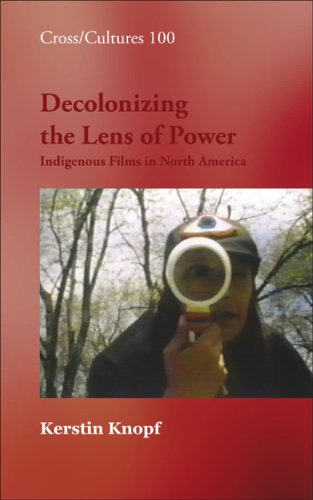(Ebook) Decolonizing the Lens of Power. Indigenous Films in North America. (Cross Cultures) by Kerstin Knopf ISBN 9789042025431, 9042025433
This is the first book that comprehensively examines Indigenous filmmaking in North America, as it analyzes in detail a variety of representative films by Canadian and US-American Indigenous filmmakers: two films that contextualize the oral tradition, three short films, and four dramatic films. The book explores how members of colonized groups use the medium of film as a means for cultural and political expression and thus enter the dominant colonial film discourse and create an answering discourse. The theoretical framework is developed as an interdisciplinary approach, combining postcolonialism, Indigenous studies, and film studies. As Indigenous people are gradually taking control over the imagemaking process in the area of film and video, they cease being studied and described objects and become subjects who create self-controlled images of Indigenous cultures. The book explores the translatability of Indigenous oral tradition into film, touching upon the changes the cultural knowledge is subject to in this process, including statements of Indigenous filmmakers on this issue. It also asks whether or not there is a definite Indigenous film practice and whether filmmakers tend to dissociate their work from dominant classical filmmaking, adapt to it, or create new film forms and styles through converging classical film conventions and their conscious violation. This approach presupposes that Indigenous filmmakers are constantly in some state of reaction to Western ethnographic filmmaking and to classical narrative filmmaking and its epitome, the Hollywood narrative cinema. The films analyzed are The Road Allowance People by Maria Campbell, Itam Hakim, Hopiit by Victor Masayesva, Talker by Lloyd Martell, Tenacity and Smoke Signals by Chris Eyre, Overweight With Crooked Teeth and Honey Moccasin by Shelley Niro, Big Bear by Gil Cardinal, and Atanarjuat: The Fast Runner by Zacharias Kunuk.
*Free conversion of into popular formats such as PDF, DOCX, DOC, AZW, EPUB, and MOBI after payment.


